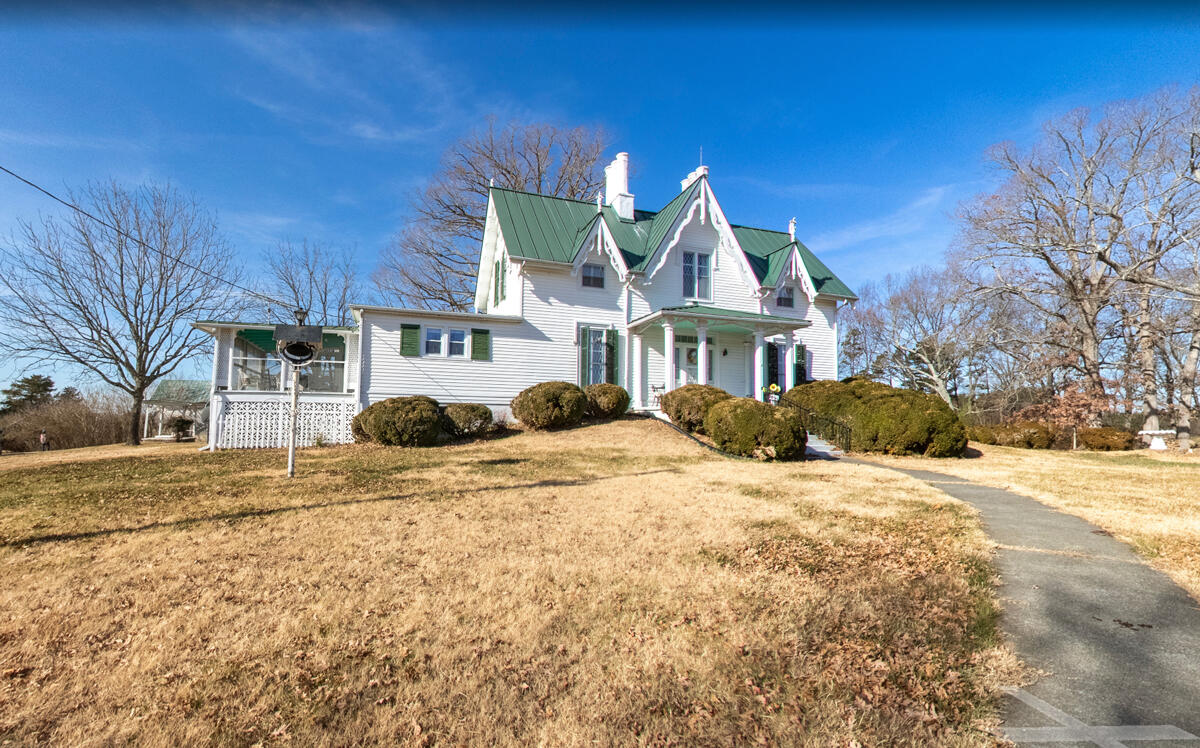An Air Force veteran who left his hometown at the age of 18 now owns the former plantation in his birthplace where relatives — including his great-grandmother — were kept as slaves.
The Washington Post is reporting that two years ago Frederick Miller purchased the building and property he admired from the window of a bus on his way to school every day as a child without knowing that his family’s history was attached to it.
That changed when his sister and cousins helped connect the dots, scouring through records before figuring out that the home known as Sharswood was once a plantation owned by slaveholders Charles Edwin Miller and Nathaniel Crenshaw Miller — and was the place his great-grandmother, Sarah Miller, who died in 1949, was born into slavery.
“I just hope that somehow she’s looking down from heaven and finally cracking a beautiful smile,” Miller, 58, told the publication.
Miller grew up just a half-mile away from the Gothic home that was designed by New York architect Alexander Jackson Davis and built in the middle of the 19th century — the center of one of the largest tobacco plantations in Virginia’s Pittsylvania County, where half the population was enslaved.
According to census figures from the 1860s, there were 58 enslaved people living in 12 houses on the Sharswood plantation, ranging in age from 1 to 72.
And even though census records rarely included the names of the enslaved, the researchers were able to pinpoint Sarah’s residence there in an entry from the Virginia Slave Births Index that was uncovered this month.
That means the 10.5 acre estate, which Miller purchased for $225,000 in hopes of having a place big enough for he and his relatives to gather was actually their ancestral home.
A dilapidated structure that sits behind the main house is believed by preservation architect Jobie Hill to have been used as a kitchen and laundry for the main home as well as a living in space for some who were enslaved there.
That hit home with Miller’s cousin Sonya Womack-Miranda, who helped research the family’s history.
“When I walk around here, I imagine my ancestors walking on the same ground, the same dirt,” she told the newspaper. “As an African American, you feel like you have reached the point where you can say, ‘I’m connected to my ancestors, to my roots, to the very plantation [where] my ancestors were enslaved.’ It makes me feel whole as an African American.”
[Washington Post] — Vince DiMiceli
